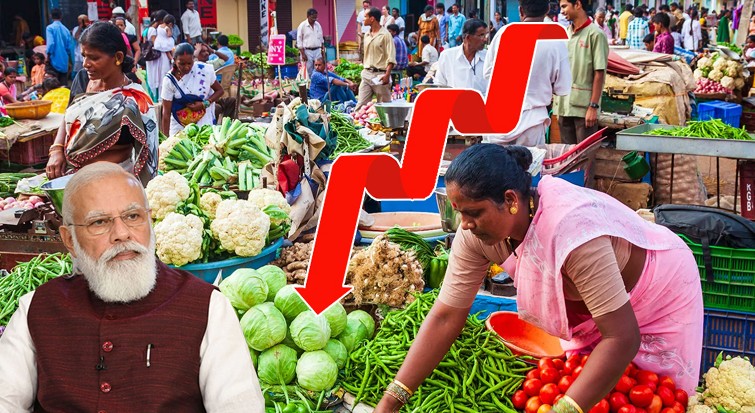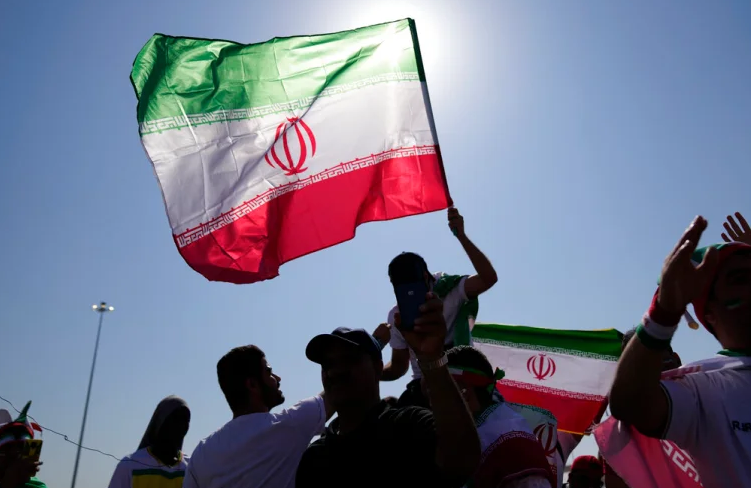Inflation in India rose to 6.77 percent in October from 7.41 percent in September due to fall in food prices. “Inflation in India started to Decline | International Monetary Fund”
According to the details, the financial statistics of the world regarding inflation have been release by the International Monetary Fund.
According to which, a decrease in inflation is being seen in Pakistan’s neighboring country India and the retail inflation rate is expected to be 7.1 percent during the current financial year and inflation is expected to decrease due to the decrease in the prices of essential goods for consumers.
The pressure will also remain low while the economic growth rate is expecteds to remain at 6.9 percent.
India met the fiscal deficit target of 6.4 percent of GDP.
According to the data of the report issued by the International Monetary Fund (World Bank), due to the decrease in the prices of food items. The inflation in India in the month of October reached 6.77 percent, which was 7.41 percent in September.
Which was reporteds by the Central Bank of India. Inflation was above the 10-month target. While inflation is slightly higher than the Reserve Bank of India’s target, according to a report by the International Monetary Fund.
Inflation in India started to Decline | International Monetary Fund

Inflation is expecteds to remain within the target range of 2 to 5 percent during the coming year. With World Bank economists predicting inflation in India to reach 5.1 percent in the next fiscal year.
Also read this news: Ejaz Chaudhry is Ehsan Forgotten Person | Spokesperson Chief Minister Punjab
Chief Economic Adviser V. Anantha Nageswaran had said on November 30 that “Indian economy is on track to achieve 6.8 GDP growth rate in the current fiscal year and GDP is at the average level of 2019-20.”
That PMI, festival sales. Bank credit growth and auto sales figures are showing that despite the economic crisis at the international level, the Indian economy is on the way to improvement.
According to statistics, the reduction in excise duty and taxes helped to control the rate of inflation. While microeconomics and monetary policies helped to combat the challenges faced in the past years. And the impact of economic difficulties at the international level. India’s GDP is
According to the report of the International Monetary Fund. Due to the rapidly tightening monetary policies of the developed countries.
Capital outflows and the depreciation of the Indian rupee were seeen. While the rising prices of commodities at the global level also led to an increase in the current account deficit.
For latest government & private jobs in Pakistan please Click Here

